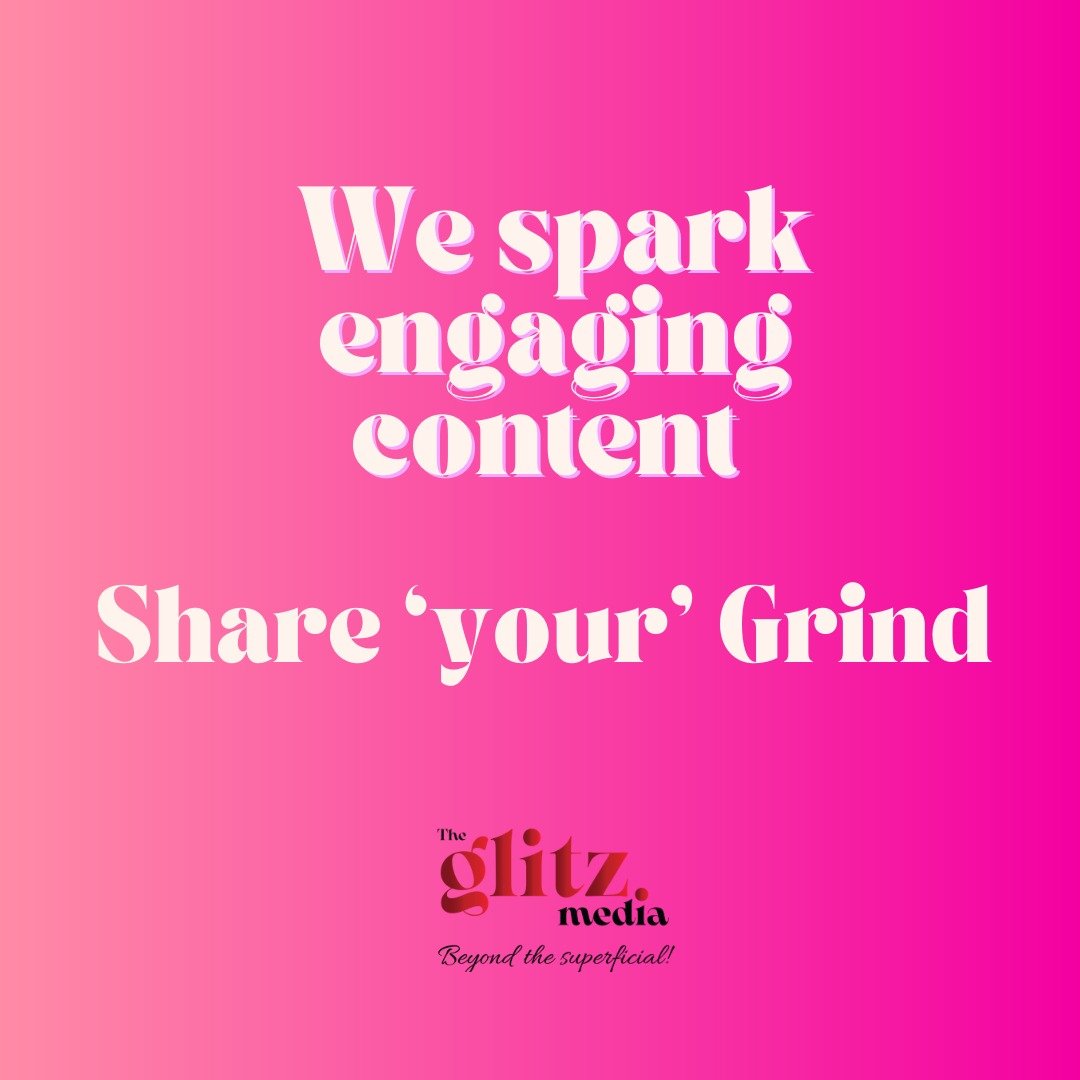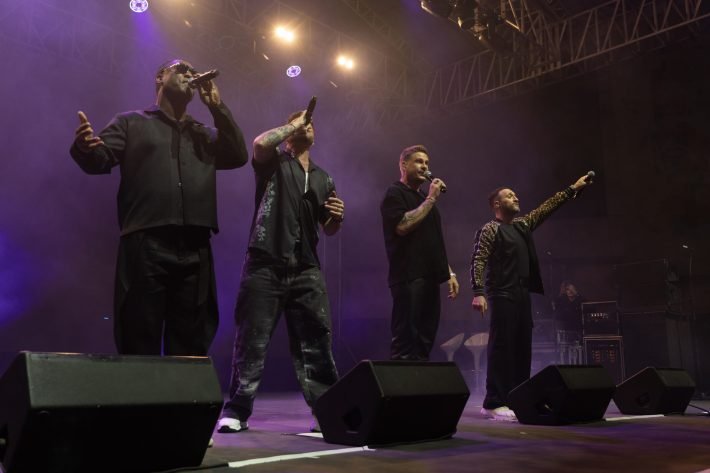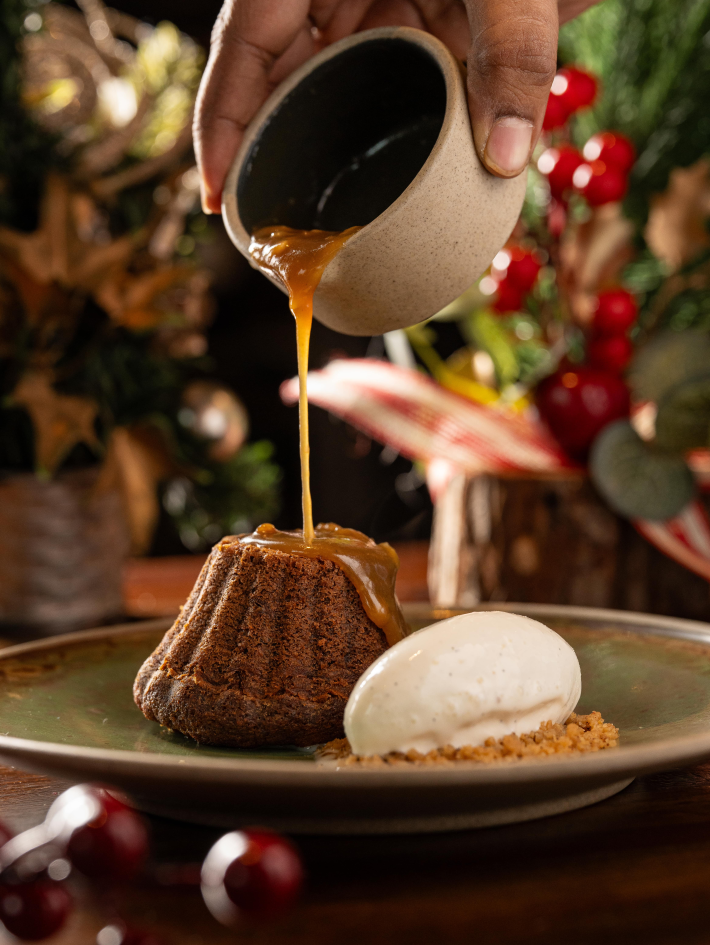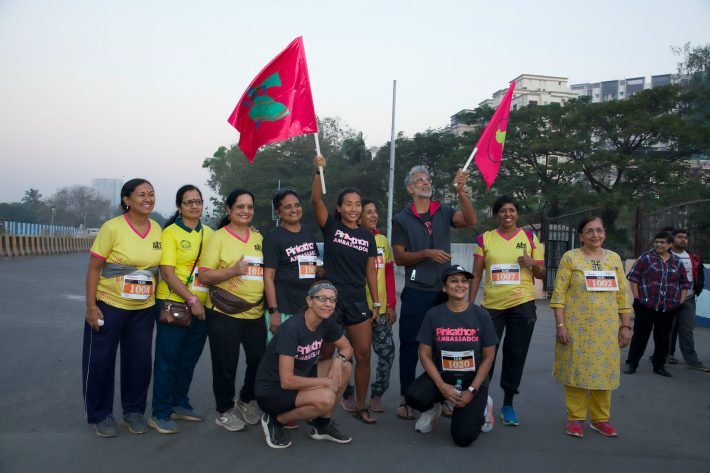India’s cultural fabric is a kaleidoscope of traditional crafts and textiles, bursting with the intricate weaves of Banaras, the amazing crafts of Bengal to the riotous hues of Rajasthan. Our fashion heritage is a treasure trove, crafted by artisans who are nothing short of creative geniuses. Yet, in the age of fast fashion, many of these timeless wonders have been left to gather dust in the shadows. But as the world pivots towards sustainability and conscious consumerism, it’s time for Indian fashion to dust off these forgotten gems and put them back in the spotlight where they belong.
Sumita Chakraborty, Editor-in-chief, TheGlitz, rallies the industry to strut its stuff and bring these age-old crafts back with a contemporary twist. And trust us, some designers are already turning the runway into a parade of revived tradition with a modern, flamboyant flair.
Crafts & Weaves: A Legacy Worth Reviving
Mashru Silk:
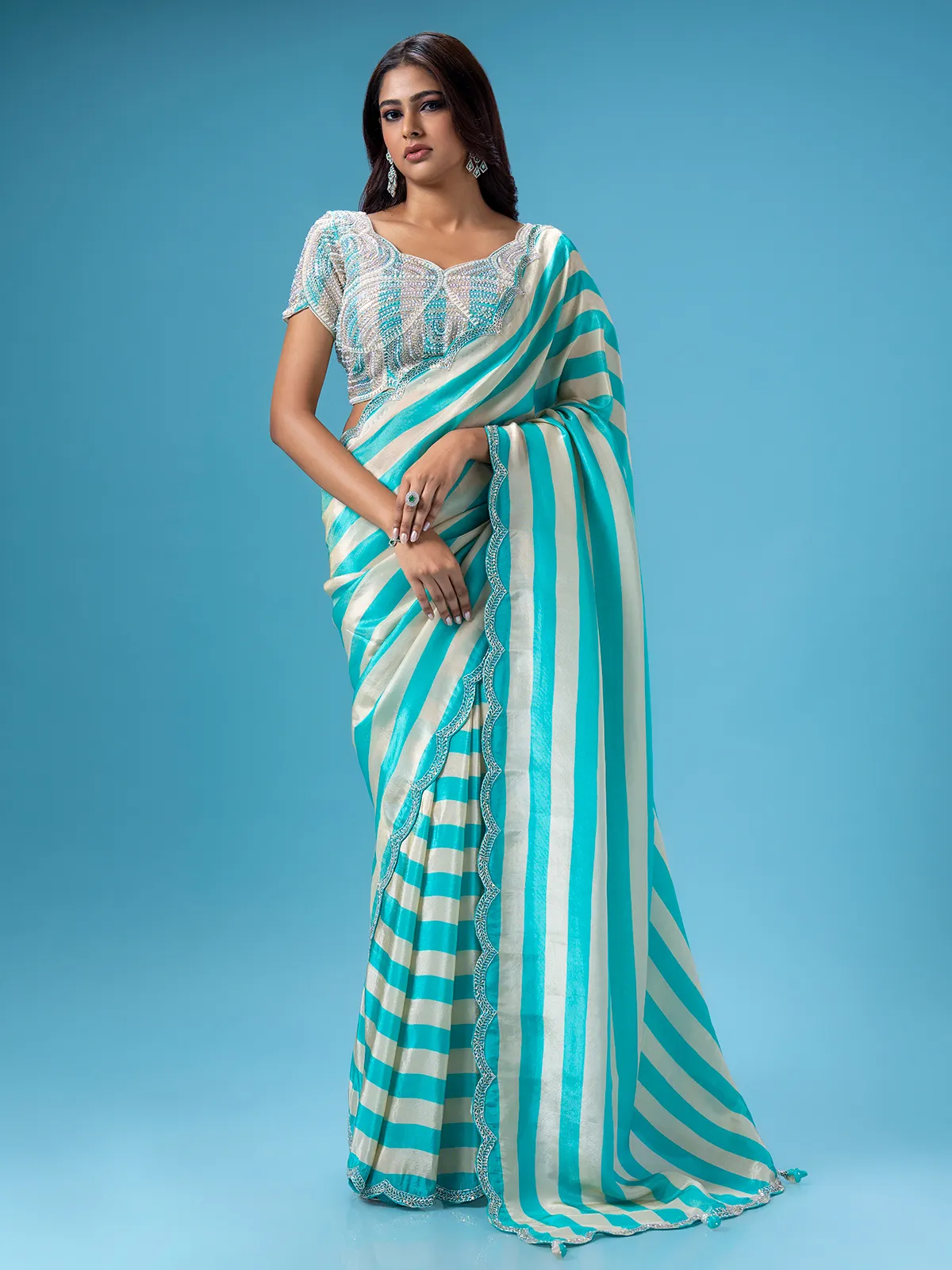
Origin: Gujarat and Rajasthan
Craft: Mashru is the ultimate silk-cotton combo, a vibrant weave with a story as rich as its texture. Once the go-to fabric for royals and Muslim communities, it offered a clever solution—silk on the outside, cotton on the inside—letting them flaunt silk without it touching their skin (a nod to religious practice).
Current Status: Nearly swept away by the tide of modern fabrics, Mashru is a hidden gem in need of a stylish comeback. Its unique texture and royal history deserve a revival worthy of its former glory.
Patola:
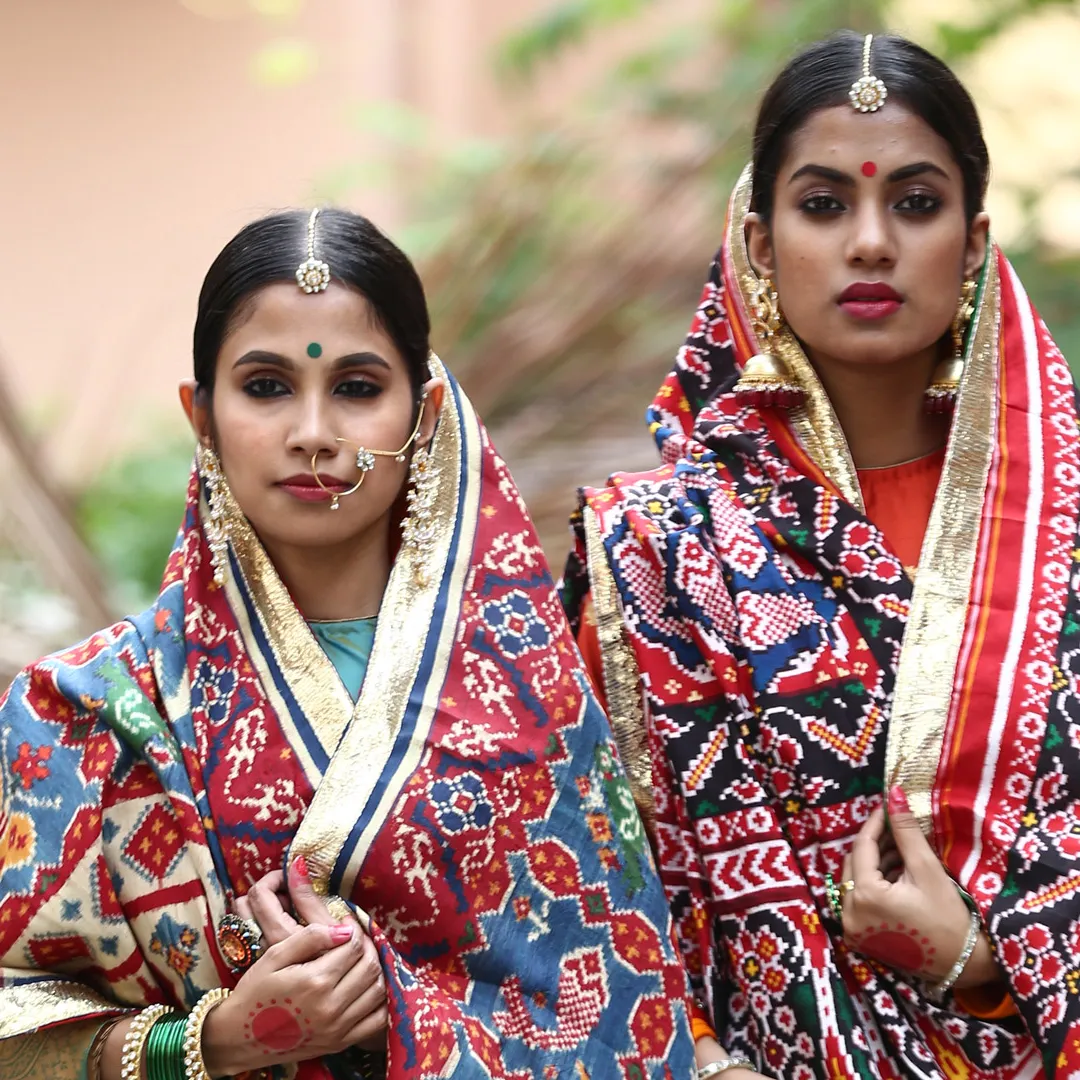
Origin: Patan, Gujarat
Craft: Patola is the Rolls-Royce of weaves—a double ikat marvel boasting intricate designs and eye-popping colors. Once the ultimate status symbol, this dazzling fabric was the choice of nobility who knew how to flaunt their flair.
Current Status: Sadly, the labor-intensive magic of Patola weaving has taken a nosedive, with only a handful of artisans keeping the tradition alive. It’s high time this royal weave got the comeback it deserves!
Toda Embroidery:
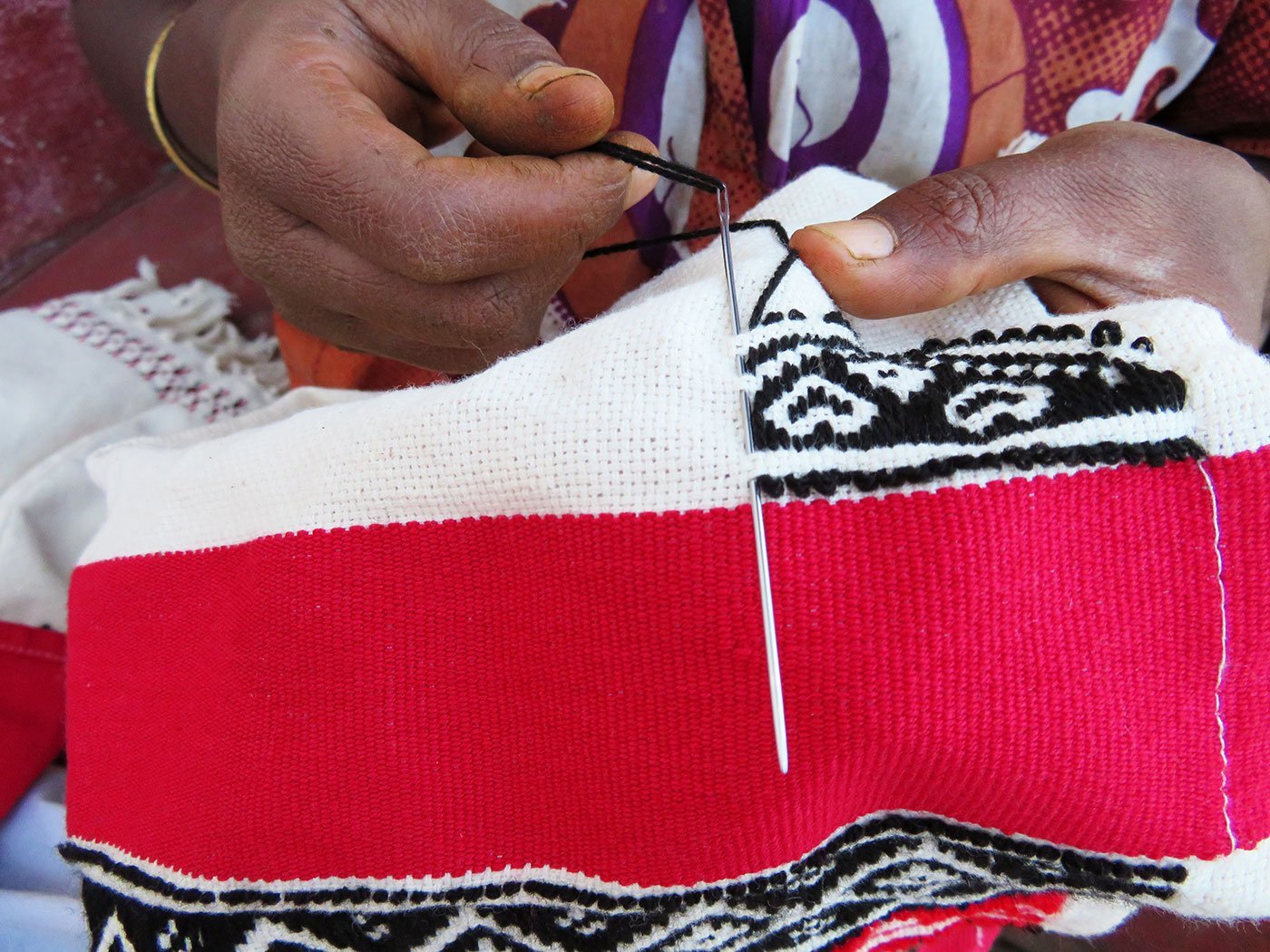
Origin: Nilgiris, Tamil Nadu
Craft: Toda embroidery is the tribe’s vibrant shout-out to nature, featuring bold red and black motifs on a crisp white canvas. These geometric patterns are more than just eye candy—they’re a deep dive into the tribe’s spiritual connection and natural world.
Current Status: Unfortunately, with fewer artisans keeping the needle and thread alive, this colorful tradition is on the brink of vanishing. Let’s hope this unique craft doesn’t get lost in the fabric of time!
Chanderi Weaving:
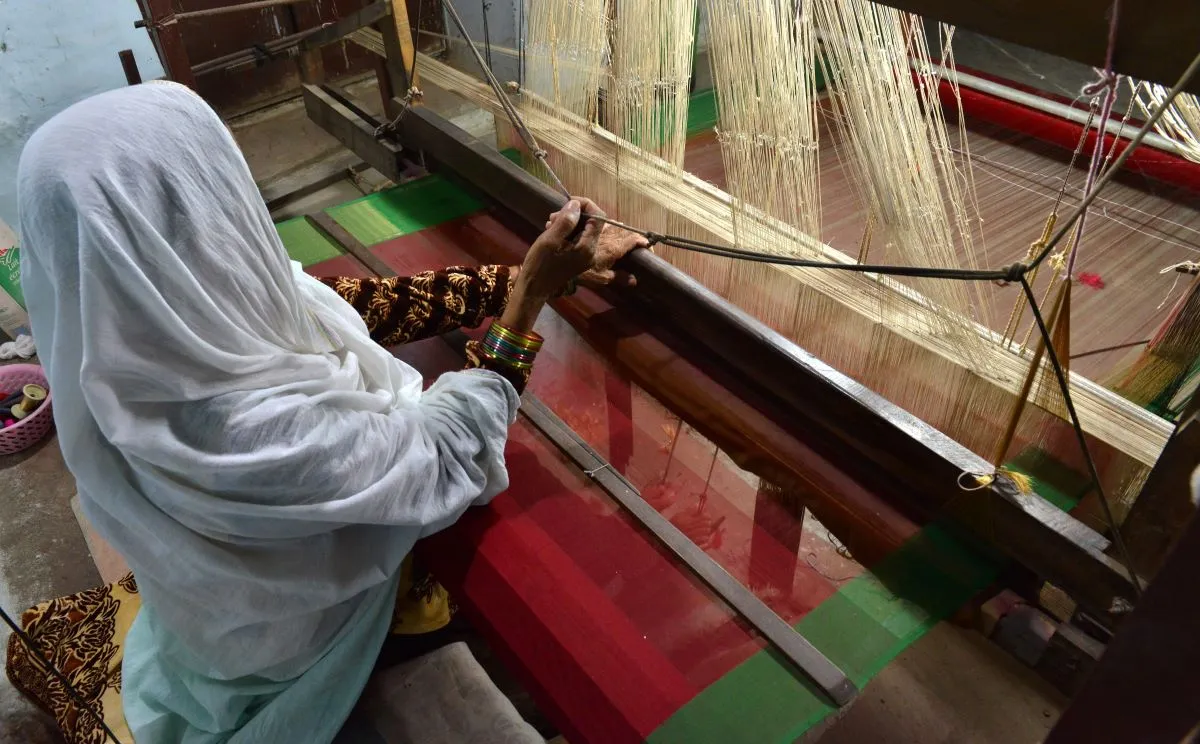
Origin: Madhya Pradesh
Craft: Chanderi sarees are the epitome of light and airy elegance, combining silk and cotton into a fabric that’s both sheer delight and sheer comfort. With their intricate motifs and weightless feel, they’re the sartorial equivalent of floating on a cloud.
Current Status: Though Chanderi has its fans, its charm is still a well-kept secret in many corners. This leaves countless artisans trying to keep their craft afloat in a sea of mainstream fabrics. Time to give Chanderi the fanfare it deserves and let it shine beyond its traditional circles!
Kanjeevaram Silk:
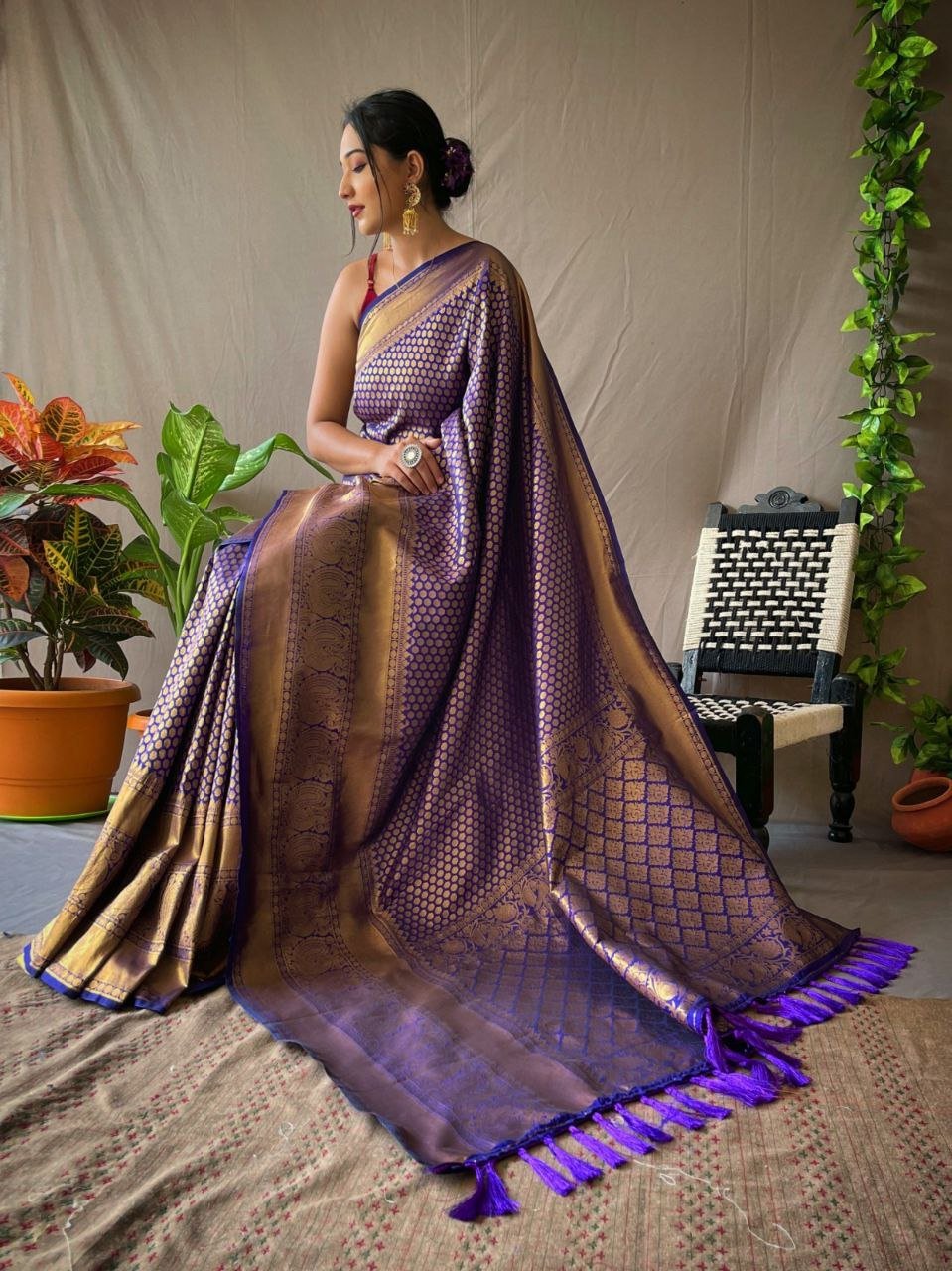
Origin: Tamil Nadu
Craft: Kanjeevaram sarees, the undisputed royalty of silks, boast rich colors and opulent zari work that scream sophistication. Crafted from the finest silk and woven with love, these sarees are the fashion equivalent of a royal tiara.
Current Status: Though they reign supreme in the world of textiles, the traditional art of Kanjeevaram weaving is facing a royal coup. Cheap, machine-made knockoffs are threatening to dethrone this regal craft. It’s time to rally behind Kanjeevaram and keep the queen of silks on her throne!
Designers Leading the Revival
Sabyasachi Mukherjee:
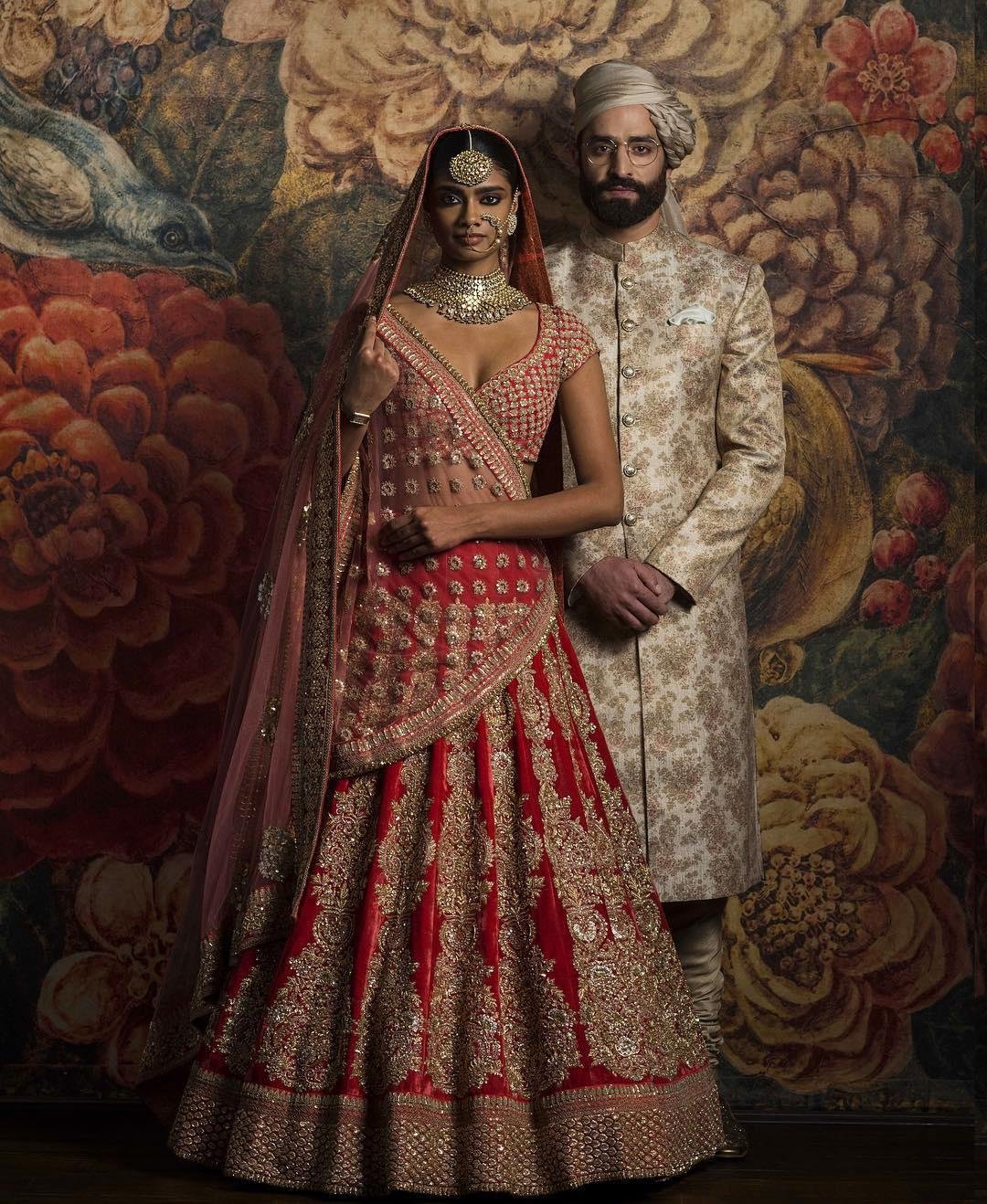
Sabyasachi is the maestro who’s made luxury synonymous with Indian fashion. With a needle as his magic wand, he’s been weaving the charm of traditional crafts and weaves back into the limelight. From zardozi that dazzles to gota patti that glitters, and handwoven silks that whisper stories of yesteryears, his collections are nothing short of a royal affair. Sabyasachi has single-handedly turned handloom into haute couture, making handcrafted textiles the toast of the town once again.
Gaurang Shah:
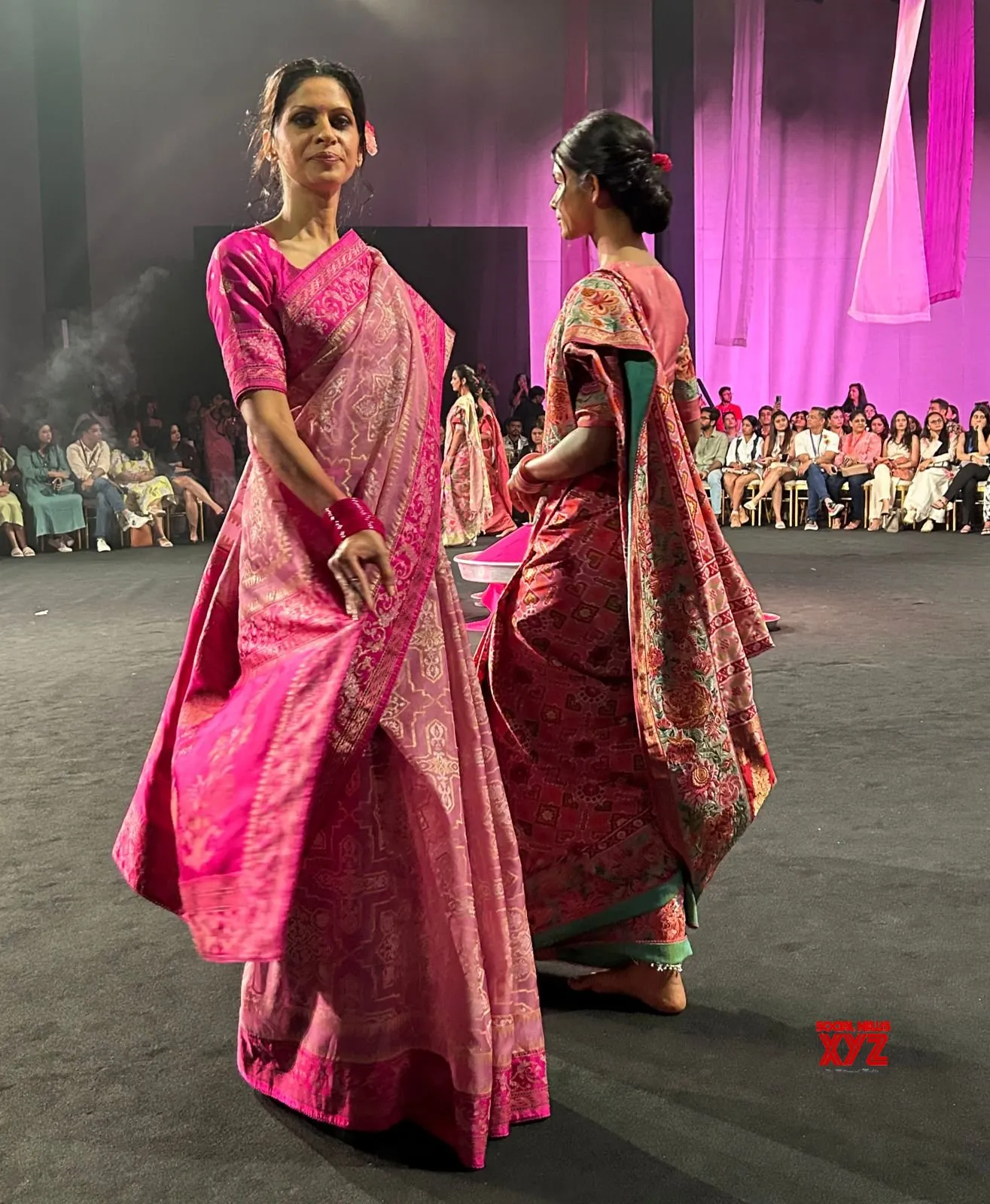
Gaurang is the torchbearer of handloom magic, bringing Patola, Jamdani, and Kanjeevaram back into the spotlight with a modern twist. His label is a perfect cocktail of traditional charm and contemporary flair, serving up these classic weaves in a way that’s impossible to resist for today’s fashion-savvy crowd.
Anita Dongre:
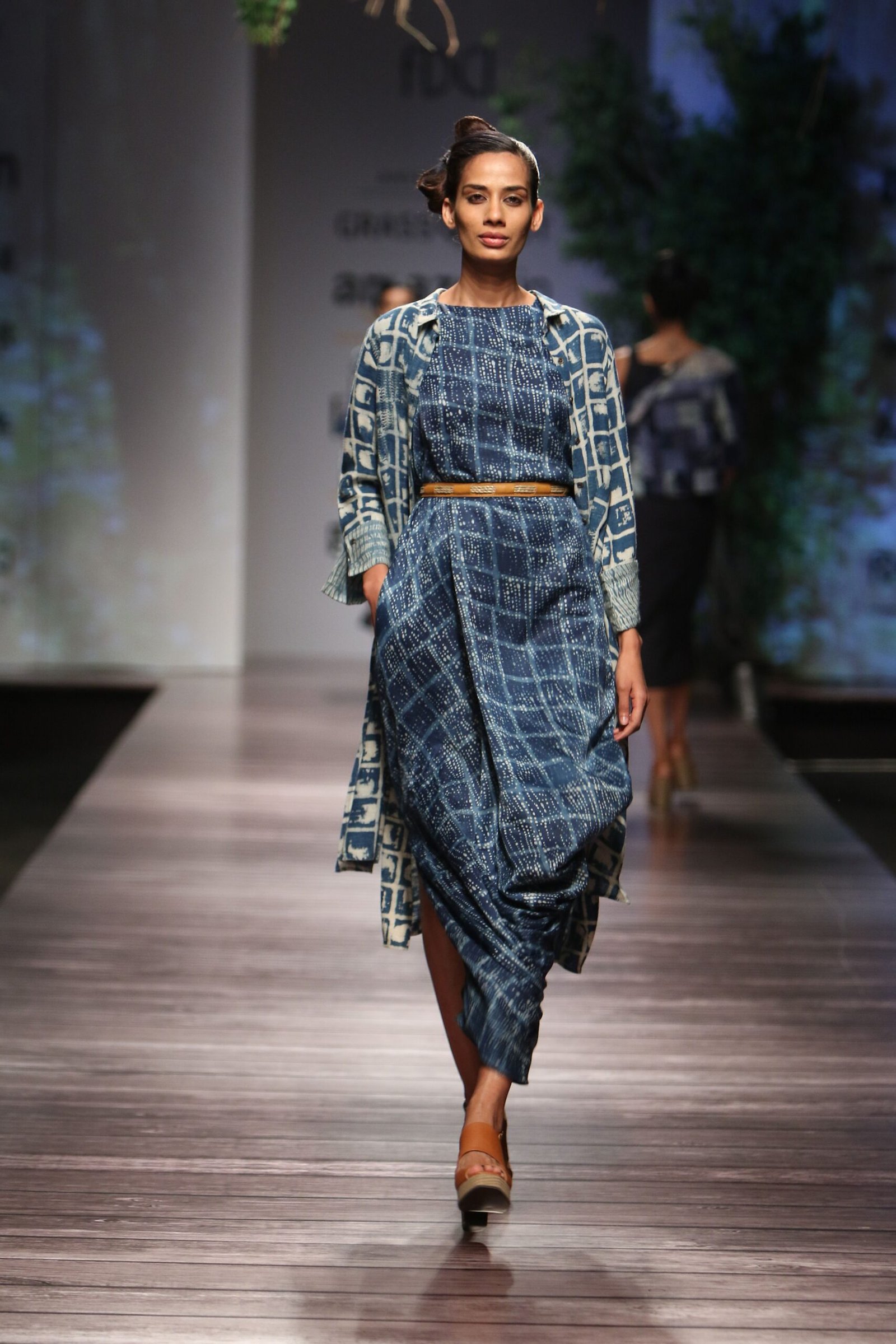
Anita Dongre’s ‘Grassroot’ line is a love letter to India’s craft heritage, stitched with threads of tradition and modernity. Partnering with artisans from every corner of the country, she’s turning Parsi embroidery, Bandhani, and handwoven fabrics into fashion statements. With sustainability and fair trade woven into her brand’s DNA, Anita’s not just setting trends—she’s setting the gold standard for the industry.
Rahul Mishra:

Rahul Mishra is the mastermind who’s turned traditional Indian crafts into global fashion darlings. With Chikankari, Benarasi, and Kerala’s handloom weaves in his toolkit, he’s reimagining them for the modern wardrobe with a dash of international flair. Mishra’s designs aren’t just clothes; they’re cultural ambassadors, strutting down the runways of Paris Fashion Week and putting Indian craftsmanship firmly on the global map.
The Way Forward: Integrating Tradition with Innovation
Reviving forgotten weaves and crafts isn’t just about dusting off the history books—it’s about stitching together a future where fashion values the artisan’s touch over assembly line speed. As eco-savvy consumers start demanding more from their wardrobe than just a good look, fashion that weaves tradition with modern relevance is making a comeback.
Here’s How Indian Fashion Can Thread the Needle:
Artisan Collaborations: It’s time for designers to buddy up with artisans, not just as stitchers, but as creative partners. By involving them in the design process, we can ensure these crafts evolve while keeping their soul intact.
Consumer Education: Let’s turn every fashion purchase into a history lesson. By telling the stories behind handwoven textiles and traditional crafts, brands can transform a simple sale into a meaningful connection.
Government and Industry Support: A little help goes a long way. Subsidies, grants, and accolades from the government and industry bodies can keep these crafts alive and entice the next generation of artisans to pick up the baton.
Creating Contemporary Products: Traditional attire has its charm, but we need to bring these weaves into the now. By crafting modern silhouettes and everyday wear with these age-old techniques, designers can make tradition trendy.
Reviving India’s forgotten weaves and crafts isn’t just a passing fad; it’s a movement toward fashion that feels good and does good. With maestros like Sabyasachi, Gaurang Shah, Anita Dongre, and Rahul Mishra at the helm, the future of Indian fashion is looking as rich and vibrant as the traditions it’s rooted in.

